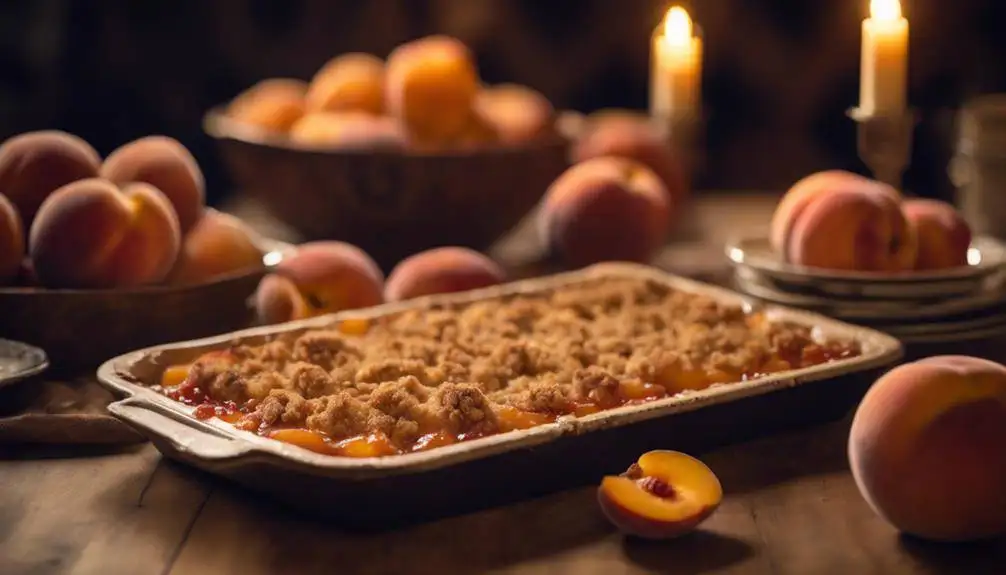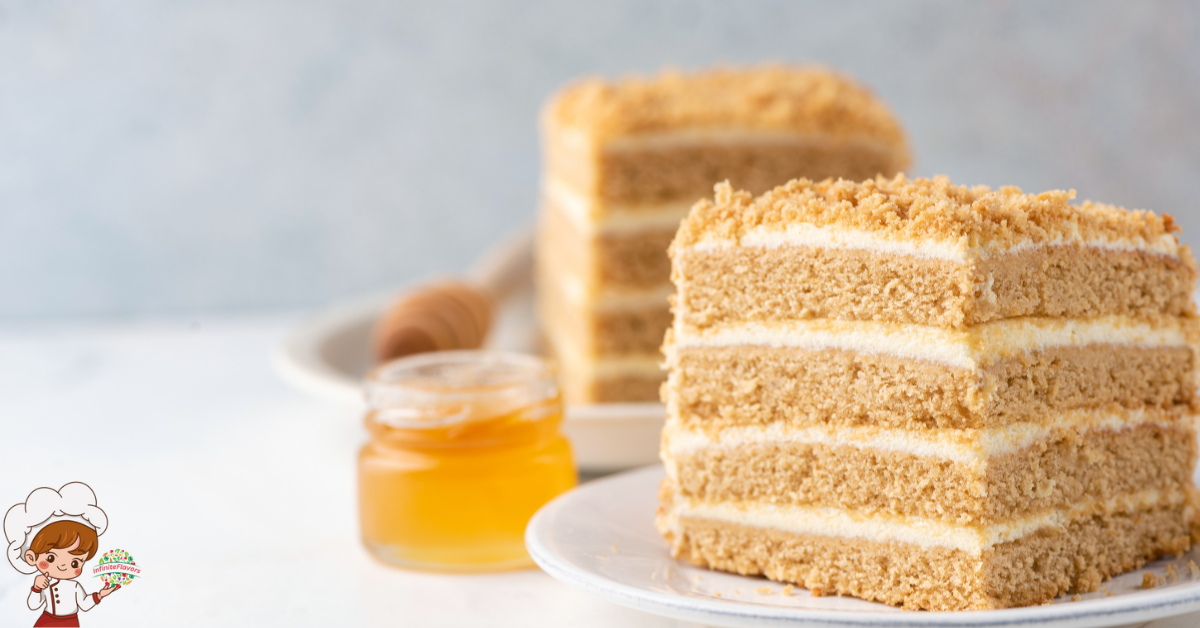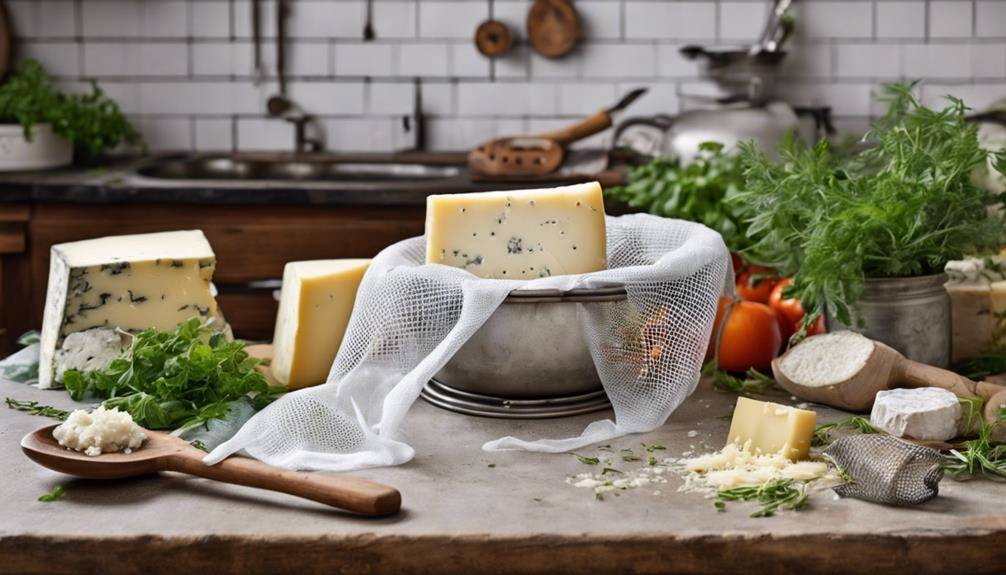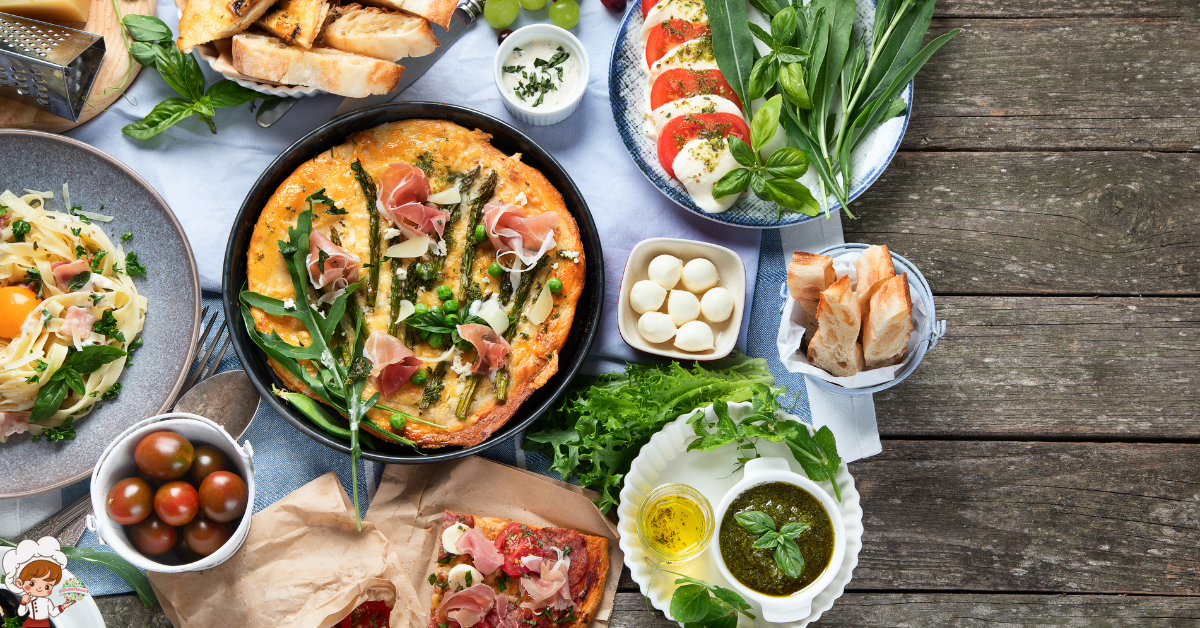The Best Healthy Meal Prep for Weight Loss Tips
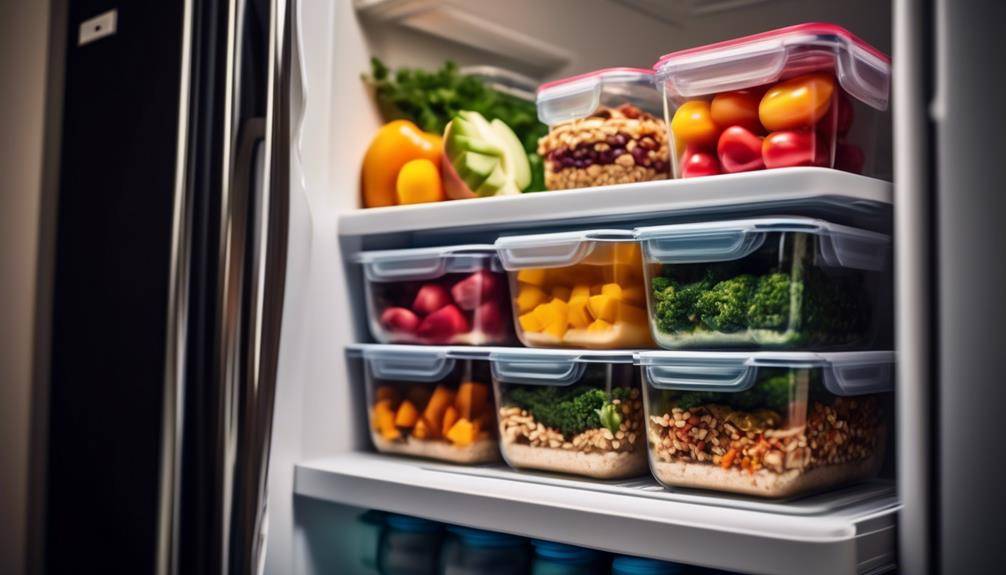
Healthy Meal Prep for Weight Loss Tips; Imagine your body as a blank canvas, waiting to be transformed into a masterpiece of health and vitality. Now, picture your meals as the vibrant palette of colors that will bring this vision to life. As you embark on your journey towards weight loss, it is important to consider the power of healthy meal prep. But where do you begin? How do you navigate through the sea of information and find the tips that will truly make a difference? Well, dear reader, prepare to uncover the secrets of effective meal prep for weight loss, as we unveil the key strategies that will help you achieve your goals.
Set Clear Goals
To achieve success in your healthy meal prep for weight loss journey, it is crucial to set clear goals. Clear goal setting provides you with a roadmap to follow and helps keep you focused and motivated. When setting goals, it’s important to be specific, measurable, attainable, relevant, and time-bound (SMART). For example, instead of setting a vague goal like “I want to lose weight,” a clear goal would be “I want to lose 10 pounds in the next three months by following a healthy meal prep plan.” This goal is specific, measurable (10 pounds), attainable (within three months), relevant (for weight loss), and time-bound.
Tracking your progress is an essential part of goal setting. By monitoring your progress, you can see how far you’ve come and make adjustments if needed. There are various ways to track your progress, such as keeping a food diary, using a mobile app, or taking regular measurements. These methods allow you to monitor your caloric intake, keep track of your physical activity, and measure changes in your weight or body measurements. By regularly tracking your progress, you can identify any patterns or areas that need improvement, which will help you stay on track towards achieving your goals.
When setting clear goals, it’s important to remember that they should be realistic and achievable. Setting unrealistic goals can lead to frustration and disappointment, which may derail your progress. Start with small, attainable goals and gradually increase the difficulty as you progress. Celebrate your achievements along the way, no matter how small, as this will help keep you motivated and committed to your healthy meal prep for weight loss journey.
Plan Your Meals
When it comes to planning your meals for weight loss, there are a few key points to keep in mind. First, meal prepping can save you a significant amount of time during the week, allowing you to stick to your healthy eating goals. Second, portion control is crucial for weight loss, so planning your meals ahead of time can help you avoid overeating. Finally, focus on choosing nutrient-dense ingredients that will provide you with the necessary vitamins and minerals while keeping you feeling satisfied. By considering these points, you can effectively plan your meals for successful weight loss.
Time-Saving Meal Prepping
Make your meal prepping process more efficient and time-saving by carefully planning your meals in advance. Here are three time-saving hacks to help you with meal prep organization:
- Create a meal plan: Take some time each week to plan out your meals. This will help you stay organized and ensure that you have all the ingredients you need on hand. Look for recipes that can be easily prepped in advance and consider batch cooking to save even more time.
- Use time-saving tools: Invest in time-saving tools such as a slow cooker or an instant pot. These appliances can help you cook meals while you focus on other tasks. Additionally, consider using pre-cut vegetables or pre-cooked grains to cut down on prep time.
- Prep in bulk: When you do have time to cook, prepare larger quantities of food and portion them out into individual containers. This way, you’ll have ready-to-eat meals for the next few days, saving you time and effort.
Portion Control for Weight Loss
For effective weight loss, it is essential to practice portion control by planning your meals carefully. Portion control is about eating the right amount of food to meet your body’s nutritional needs without overeating. Here are some portion control tips and techniques to help you on your weight loss journey.
- Use smaller plates and bowls: By using smaller dishes, you can trick your brain into thinking you’re eating more than you actually are.
- Measure your food: Invest in a food scale or measuring cups to accurately portion your meals. This can help you avoid underestimating or overestimating your serving sizes.
- Fill half your plate with vegetables: Vegetables are low in calories and high in nutrients. By filling half your plate with veggies, you can control your overall calorie intake.
- Practice mindful eating: Slow down and savor each bite. This allows your brain to register when you’re full, preventing overeating.
Nutrient-Dense Ingredient Choices
To continue your journey towards healthy meal prep for weight loss, it’s important to focus on nutrient-dense ingredient choices when planning your meals. By making smart substitutions and incorporating meal prep hacks, you can ensure that every bite you take is packed with essential nutrients. Here are three ideas to get you started:
- Healthy ingredient swaps: Instead of using refined grains, opt for whole grains like brown rice or quinoa. Replace fatty meats with lean protein sources like skinless chicken breast or tofu. Try using Greek yogurt as a substitute for sour cream or mayonnaise in your recipes.
- Load up on fruits and vegetables: Include a variety of colorful fruits and vegetables in your meal prep. They are low in calories and high in vitamins, minerals, and fiber. Aim to fill half of your plate with these nutrient powerhouses.
- Don’t forget healthy fats: While it’s important to watch your fat intake, not all fats are bad. Include sources of healthy fats like avocados, nuts, and olive oil in your meal prep. These fats can help you feel satisfied and provide important nutrients for your body.
Choose Nutrient-Dense Foods
Choosing nutrient-dense foods is essential for achieving and maintaining a healthy weight. Nutrient-dense foods are those that provide a high amount of essential nutrients, such as vitamins, minerals, and antioxidants, while being relatively low in calories. These foods are not only beneficial for weight loss but also for overall health.
When planning your meals, it is important to include a variety of nutrient-dense foods. Some examples of nutrient-dense meal ideas include grilled chicken breast with steamed vegetables, a mixed green salad with salmon and avocado, or a stir-fry with tofu and a colorful array of vegetables. These meals provide a balance of protein, healthy fats, and fiber, which can help you feel full and satisfied while supporting weight loss goals.
The benefits of incorporating nutrient-dense foods into your meal prep routine are numerous. Firstly, these foods are packed with essential vitamins and minerals that support optimal bodily functions. They also contain antioxidants, which help fight inflammation and protect against chronic diseases. Additionally, nutrient-dense foods can help improve your energy levels, mood, and overall well-being.
When grocery shopping, focus on choosing fresh fruits and vegetables, whole grains, lean proteins, and healthy fats. Opt for minimally processed foods and avoid those that are high in added sugars, unhealthy fats, and sodium. Prioritizing nutrient-dense foods will not only support your weight loss journey but also help you maintain a healthy lifestyle in the long run.
Portion Control Is Key
When it comes to weight loss, portion control is key. Plate sizes and portioning play a significant role in managing your calorie intake. By practicing mindful eating habits, such as listening to your body’s hunger and fullness cues, you can ensure that you’re consuming the appropriate amount of food to support your weight loss goals.
Plate Sizes and Portioning
Using smaller plate sizes and practicing portion control are crucial factors in maintaining a healthy weight and promoting weight loss. Here are three reasons why plate sizes and portioning matter:
- Mindful eating: Smaller plates create an illusion of a larger portion, tricking your brain into feeling satisfied with less food. By consciously controlling your portion size, you can avoid overeating and make healthier choices.
- Calorie control: Larger plates often lead to larger portions, which can result in consuming more calories than needed. Using smaller plates helps to limit the amount of food you serve yourself, making it easier to manage your calorie intake and stay within a healthy range.
- Visual satisfaction: Humans tend to judge satisfaction based on the visual cues of a full plate. By using smaller plates, you can still enjoy a visually satisfying meal while consuming fewer calories, leading to weight loss and better overall health.
Mindful Eating Habits
To successfully practice portion control and develop mindful eating habits, prioritize understanding and recognizing appropriate serving sizes. Mindful eating is a practice that involves paying full attention to the present moment while eating, without judgment. By being mindful of your eating habits, you can reap several benefits. Firstly, it helps you to become more aware of your body’s hunger and fullness cues, preventing overeating. Mindful eating also encourages you to savor and enjoy your food, leading to a greater appreciation of flavors and textures.
Additionally, it promotes a healthier relationship with food, reducing emotional eating and promoting a more balanced approach to nutrition. To incorporate mindful eating into your routine, try eating slowly, savoring each bite, and listening to your body’s hunger and fullness signals. By practicing mindful eating strategies, you can develop a healthier relationship with food and maintain a balanced weight.
Invest in Quality Containers
Investing in high-quality containers is essential for effective and efficient meal prep for weight loss. When it comes to preparing and storing your meals, having durable containers can make a world of difference. Here are three reasons why investing in quality containers is a smart choice:
- Long-lasting and durable: When you invest in durable containers, you can trust that they will hold up well over time. Cheap, flimsy containers may break or crack easily, leading to leaks and spills. High-quality containers, on the other hand, are designed to withstand the wear and tear of daily use. They are made from strong materials such as glass or BPA-free plastic, ensuring that your meals stay fresh and secure.
- Portion control made easy: Quality containers often come in different sizes and compartments, making portion control a breeze. These containers are specifically designed to help you measure out your meals accurately, which is crucial for weight loss. Having portion-sized containers eliminates the need for guesswork and helps you stick to your calorie goals. Plus, they make it convenient to pack your meals in advance, saving you time and effort.
- Organize your meal prepping: Investing in quality containers allows you to organize your meal prepping system effectively. Look for containers that stack neatly and have matching lids for easy storage. This will help you keep your refrigerator organized and make it easier to find the meals you need throughout the week. By having a well-organized meal prep system, you’ll be more likely to stick to your weight loss goals and avoid the temptation of unhealthy takeout.
Use Time-Saving Kitchen Tools
Save time in the kitchen by utilizing handy tools that can streamline your meal prep process. When it comes to healthy meal prep for weight loss, having the right tools can make a world of difference. Time-saving kitchen gadgets and meal prep hacks can help you save precious minutes in the kitchen, making it easier to stick to your weight loss goals.
One essential time-saving tool is a food processor. This versatile gadget can chop, slice, and shred vegetables in a fraction of the time it would take to do it manually. Whether you’re making a salad, stir-fry, or vegetable-packed soup, a food processor can significantly speed up your prep time.
Another must-have tool is a slow cooker. With a slow cooker, you can easily prep your meals in the morning and come home to a delicious, healthy dinner. Simply toss in your ingredients in the morning, set the timer, and let the slow cooker do the work. You’ll save time and have a hot, nutritious meal waiting for you when you get home.
Investing in a good quality blender is also a smart choice. From smoothies to sauces, a blender can quickly whip up a variety of healthy recipes. Look for a blender with multiple speed settings and a powerful motor to ensure smooth and consistent results.
Lastly, consider using a spiralizer. This handy tool can turn vegetables like zucchini and sweet potatoes into noodle-like strands, allowing you to enjoy your favorite pasta dishes without the excess calories. Spiralizers are easy to use and can add variety to your meals while saving you time.
Incorporating these time-saving kitchen tools into your meal prep routine can make a significant difference in your weight loss journey. With these gadgets and hacks, you’ll be able to prepare healthy, delicious meals with ease, helping you stay on track and reach your weight loss goals faster.
Make a Shopping List
Create a shopping list to ensure you have all the necessary ingredients for your healthy meal prep. Meal planning is a crucial step in maintaining a healthy lifestyle and achieving your weight loss goals. By making a shopping list, you can streamline your grocery shopping experience and avoid unnecessary purchases. Here are three items to consider when creating your shopping list for healthy grocery shopping:
- Plan your meals: Before heading to the grocery store, take the time to plan your meals for the week. This will help you determine the ingredients you need to purchase. Consider incorporating a variety of fruits, vegetables, lean proteins, whole grains, and healthy fats into your meals. By planning your meals, you can ensure a well-balanced diet and avoid last-minute unhealthy choices.
- Check your pantry: Before writing your shopping list, take inventory of the items you already have in your pantry. This will prevent you from purchasing duplicates and wasting money. Use this opportunity to organize your pantry and discard any expired or unhealthy items. Keeping a well-stocked and organized pantry will make meal prep easier and more efficient.
- Stick to your list: While at the grocery store, it can be tempting to deviate from your list and make impulsive purchases. However, sticking to your shopping list is essential for maintaining a healthy grocery shopping experience. Avoid aisles that contain unhealthy snacks or processed foods. Instead, focus on the fresh produce section and choose whole, unprocessed foods.
Prep Your Ingredients
Now that you have your shopping list ready, it’s time to prep your ingredients for your healthy meal prep. Time-saving ingredient prep is crucial for efficiency in the kitchen, allowing you to quickly assemble your meals throughout the week. Not only does prepping your ingredients save you time, but it also helps with portion control, ensuring that you have the right amount of each ingredient for each meal. Additionally, following ingredient storage tips will help keep your ingredients fresh and prevent any waste.
Time-Saving Ingredient Prep
To save time and streamline your meal prep process, start by prepping your ingredients ahead of time. This time-saving meal planning technique will not only make your cooking experience more efficient but also help you stay organized in the kitchen. Here are three tips to help you prep your ingredients effectively:
- Wash and chop vegetables in advance: Spend some time washing, peeling, and chopping your vegetables, then store them in airtight containers or bags. This way, you’ll have ready-to-use veggies for your recipes, cutting down on prep time.
- Cook and portion proteins: Cook a batch of lean proteins like chicken breasts, tofu, or lentils and divide them into individual portions. This will make it easier to add protein to your meals without having to cook it from scratch every time.
- Measure out dry ingredients: If your recipes call for a lot of spices, herbs, or dry ingredients, measure them out and store them in small containers or ziplock bags. This will save you time and effort when you’re in the middle of cooking and need to add these ingredients quickly.
Portion Control Benefits
By prepping your ingredients ahead of time, you can benefit from portion control and make it easier to stick to your weight loss goals. Meal planning plays a crucial role in portion control because it allows you to portion out your meals in advance, ensuring that you stay within your desired calorie intake. Having pre-portioned meals ready to go also helps you avoid the temptation of overeating or reaching for unhealthy snacks when hunger strikes.
Research has shown that people tend to consume larger portions when presented with more food, leading to weight gain over time. By prepping your ingredients and portion sizes, you take control of what you eat and can ensure that each meal includes a balanced mix of nutrients. This not only helps in weight loss but also promotes overall health and well-being.
Ingredient Storage Tips
When it comes to portion control and sticking to your weight loss goals, prepping your ingredients ahead of time is not only beneficial, but it also helps with ingredient storage tips to ensure freshness and convenience. Here are three ingredient storage tips that can make your meal prep easier and more efficient:
- Ingredient Labeling: Properly labeling your ingredients can save you precious time when you’re in the middle of cooking. Use clear containers or bags and label them with the name and date of the ingredient. This way, you can easily identify what you need without having to open every container.
- Pantry Organization: Keeping your pantry organized is essential for efficient meal prep. Group similar ingredients together, such as grains, canned goods, and spices. Utilize storage containers or bins to keep items neatly arranged. This will not only save you time, but it will also prevent ingredients from getting lost or forgotten.
- Proper Storage: To ensure the freshness of your ingredients, store them in the right conditions. Keep perishable items like meats and dairy products in the refrigerator, and place dry goods like grains and legumes in a cool, dark pantry. This will help extend their shelf life and maintain their quality.
Cook in Batch
Using the cook in batch method for meal prep can be an efficient and practical way to save time and stay on track with your weight loss goals. Batch cooking involves preparing larger quantities of food at once, which can then be portioned out for multiple meals throughout the week. This method not only saves you time in the kitchen but also helps you avoid the temptation of unhealthy takeout or convenience foods when you’re short on time.
Meal planning is an essential part of successful batch cooking. Start by deciding which meals you want to prepare in advance and make a list of ingredients you’ll need. This will help you stay organized and ensure you have everything on hand when it’s time to cook. Consider including a variety of lean proteins, whole grains, and plenty of fruits and vegetables in your meal plan.
Once you have your meal plan and ingredients ready, set aside a specific time each week for batch cooking. Dedicate a few hours to prepare and cook multiple meals at once. You can use this time to roast a large batch of chicken breasts, cook a big pot of quinoa or brown rice, and chop up vegetables for salads or stir-fries. Having these basic components ready to go will make it easier to throw together healthy meals throughout the week.
When it comes to storage, invest in quality containers that are freezer-safe and can keep your food fresh for longer. Portion out your meals into individual containers, label them with the date, and freeze what you won’t be using within a day or two. This way, you’ll always have a healthy meal on hand when you’re too busy or tired to cook from scratch.
Cooking in batch not only saves you time and effort but also helps you maintain portion control and make healthier choices. By planning your meals in advance and prepping them in larger quantities, you’ll have a variety of nutritious options readily available, making it easier to stick to your weight loss goals. So, give batch cooking a try and enjoy the benefits of healthy, homemade meals all week long.
Store Properly
To ensure the freshness and longevity of your batch-cooked meals, it is crucial to store them properly. Proper storage not only maintains the quality of your meals but also reduces the risk of foodborne illnesses. Here are three meal prepping tips for proper storage:
- Use airtight containers: Invest in good-quality, BPA-free containers with tight-fitting lids. Airtight containers create a barrier against moisture and air, preventing your meals from spoiling or becoming stale. Glass containers are an excellent option as they are microwave-safe and do not retain odors or stains. Remember to label your containers with the date and contents to keep track of freshness.
- Divide meals into individual portions: Portioning your meals before storing them allows for easy grab-and-go convenience. It also helps control portion sizes, which is essential for weight loss. Separate your batch-cooked meals into individual servings, ensuring that each portion contains a balanced mix of protein, carbohydrates, and vegetables. This will make it easier to maintain a healthy and balanced diet throughout the week.
- Use proper refrigeration techniques: Once your batch-cooked meals have cooled down, refrigerate them promptly. Store them on the middle shelves of your refrigerator, where the temperature is most consistent. Avoid placing hot meals directly into the fridge, as it can raise the overall temperature and compromise the freshness of other perishable items. Additionally, make sure your refrigerator is set to a temperature below 40°F (4°C) to inhibit bacterial growth.
Stay Consistent and Flexible
Consistency and flexibility are key to maintaining a healthy meal prep routine for weight loss. When it comes to meal planning, being flexible allows you to adapt to different situations and make adjustments as needed. This means that you don’t have to stick to a rigid plan every single day, but rather, you can make modifications based on your schedule, cravings, and dietary preferences.
Flexibility in meal planning also means that you can incorporate a variety of foods into your diet. This prevents boredom and increases the chances of sticking to your meal prep routine in the long run. It’s important to include a balance of protein, carbohydrates, and healthy fats in your meals to ensure you’re getting all the nutrients your body needs. This can be achieved by experimenting with different recipes and trying out new ingredients that you may not have considered before.
On the other hand, consistency in meal prepping is crucial for success. By setting aside a specific day or time each week to prepare your meals, you create a routine that becomes a habit. This makes it easier to stay on track and avoid making impulsive food choices. Consistency also allows you to plan ahead and ensure that you have healthy meals readily available throughout the week.
In order to stay consistent and flexible with your meal prep routine, it can be helpful to have a backup plan. Life can be unpredictable, and there may be times when you’re unable to stick to your original meal plan. By having alternative options such as pre-portioned snacks, frozen meals, or healthy takeout choices, you can still make nutritious choices even when your schedule changes unexpectedly.
Healthy Meal Prep for Weight Loss Tips; Frequently Asked Questions
How Many Meals Should I Prep in Advance for Weight Loss?
You should prep at least 3-5 meals in advance for weight loss. It helps you stay motivated during meal prep and ensures portion control. Planning ahead and having healthy options readily available makes it easier to stick to your weight loss goals.
Is It Necessary to Count Calories When Meal Prepping for Weight Loss?
Counting calories when meal prepping for weight loss is not necessary. Instead, focus on intuitive eating and portion control. Meal prepping has numerous benefits for weight loss, such as promoting healthier food choices and preventing impulsive eating.
Can I Include Snacks in My Meal Prep for Weight Loss?
Yes, you can include snacks in your meal prep for weight loss. Opt for healthier alternatives like fruits, vegetables, or nuts. Practice portion control techniques to ensure you’re not overindulging and stay on track with your goals.
What Are Some Nutrient-Dense Foods That I Should Include in My Meal Prep?
To have a successful meal prep for weight loss, make sure to include nutrient-dense foods. These can include fruits, vegetables, lean proteins, whole grains, and healthy fats. These options provide essential nutrients and keep you full throughout the day.
How Long Can I Store My Prepped Meals in the Refrigerator Before They Go Bad?
You can store your prepped meals in the refrigerator for about 3-4 days before they go bad. Remember to use airtight containers to maintain freshness and keep an eye out for any signs of spoilage.
Conclusion
In conclusion, healthy meal prep for weight loss is an effective and practical approach to achieve your goals. By setting clear goals, planning your meals, choosing nutrient-dense foods, practicing portion control, investing in quality containers, prepping your ingredients, cooking in batch, storing properly, and staying consistent and flexible, you can successfully manage your weight and improve your overall health. Follow these tips and enjoy the benefits of a nutritious and convenient meal prep routine.




